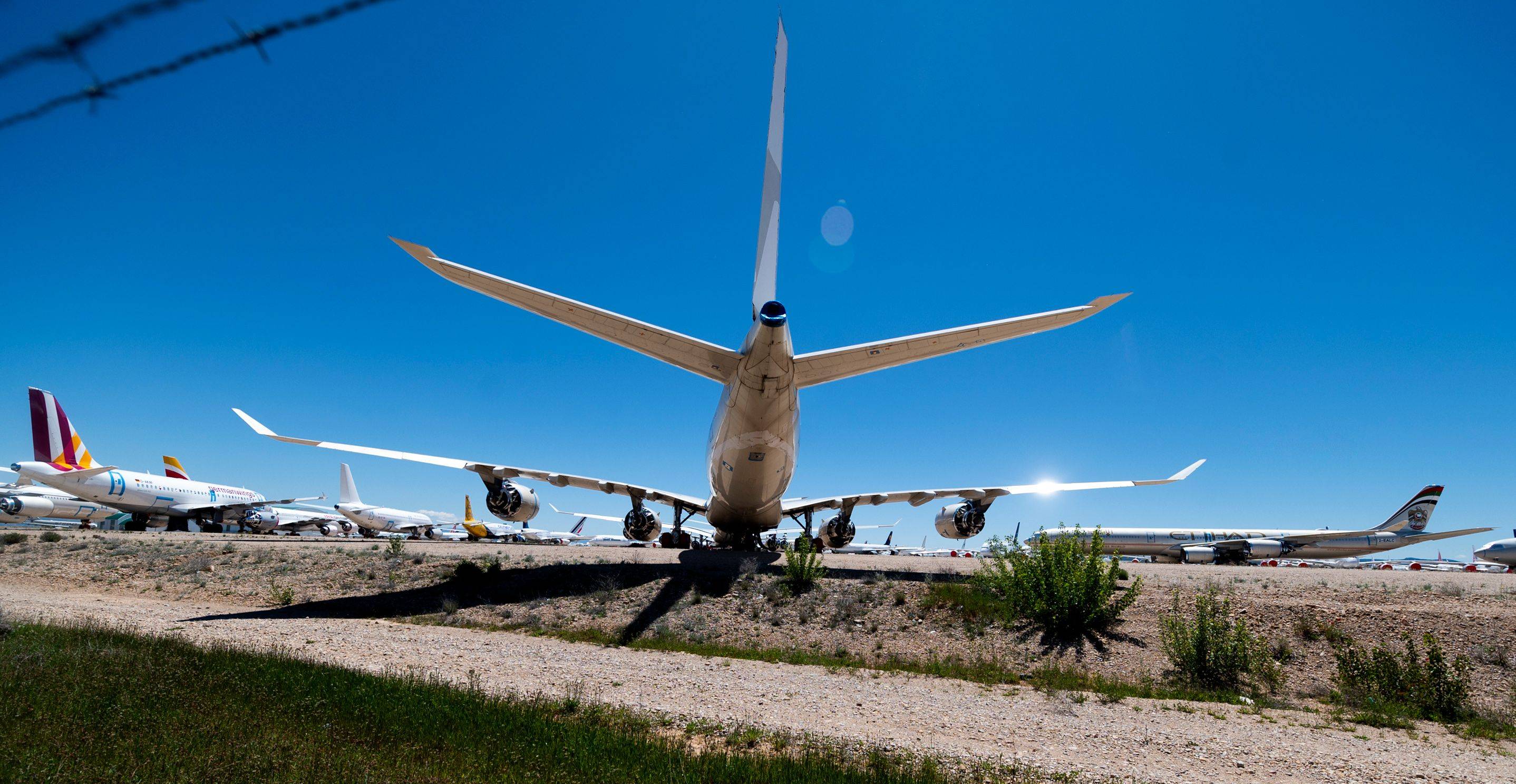Planes are flying again on a handful of international routes, creating a possible path to recovery for a battered industry. But with COVID-19 still spreading, aspiring passengers will have to navigate a patchy network that might include virus tests and weeks-long quarantine.
This month, China and South Korea opened a tightly controlled travel corridor between Seoul and 10 Chinese regions, including Shanghai. Estonia, Latvia and Lithuania lifted travel restrictions between the three Baltic states on May 15. Australia and New Zealand are also working to resume flights between the two countries.
The unique accords have emerged as templates for airlines that have been pushed to the brink by the industry’s worst-ever crisis and for countries desperate to salvage some tourism as the world enters a deep recession. But they also highlight the biggest challenge to re-establishing international travel: There’s little agreement on what kind of protections could limit the risk of spreading COVID-19 across borders.



















With your current subscription plan you can comment on stories. However, before writing your first comment, please create a display name in the Profile section of your subscriber account page.